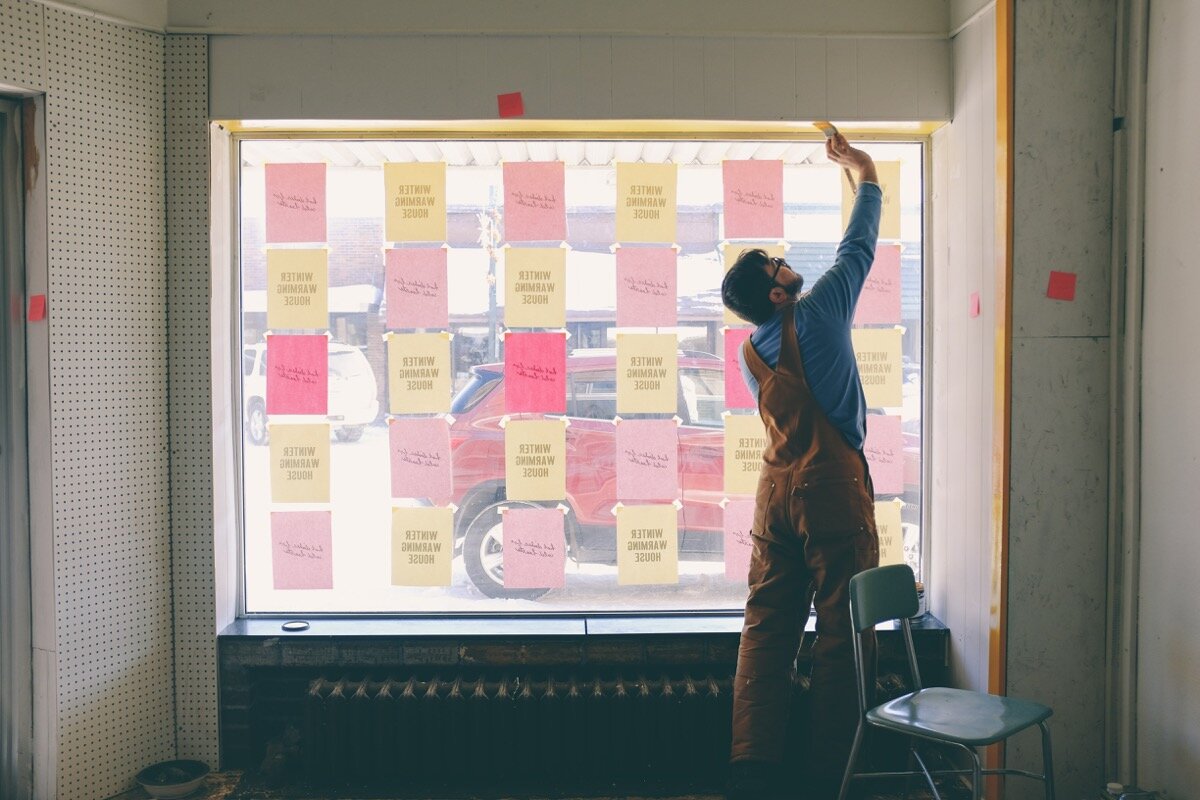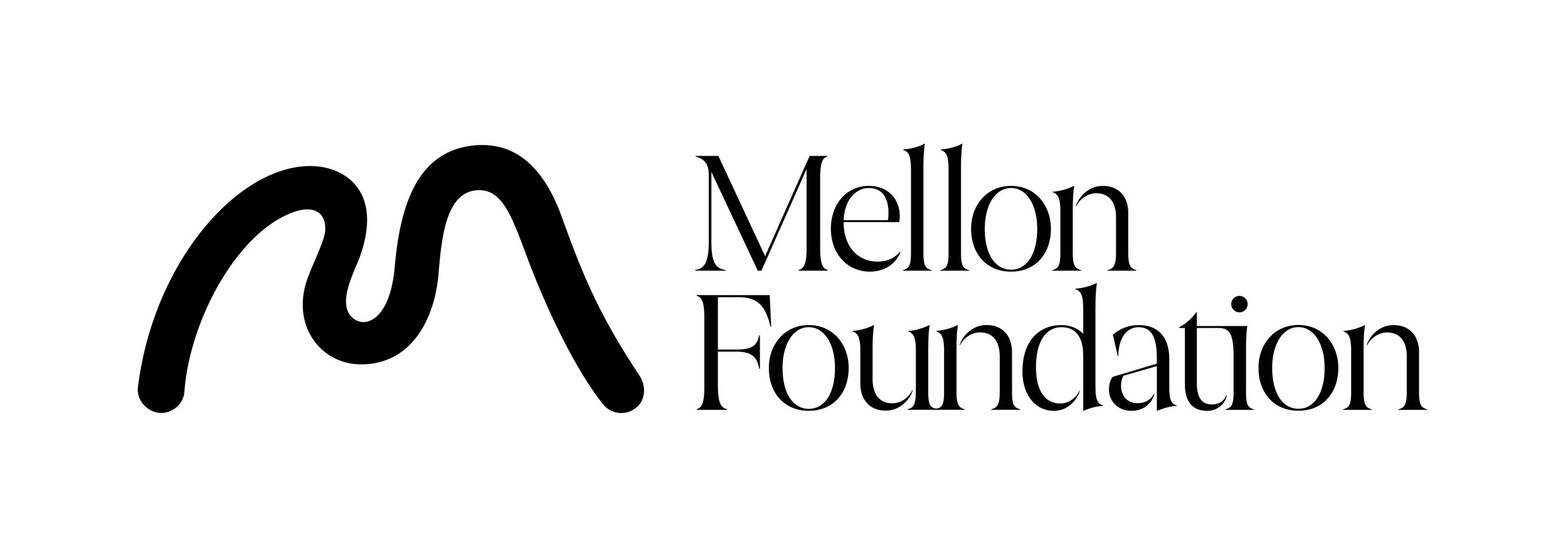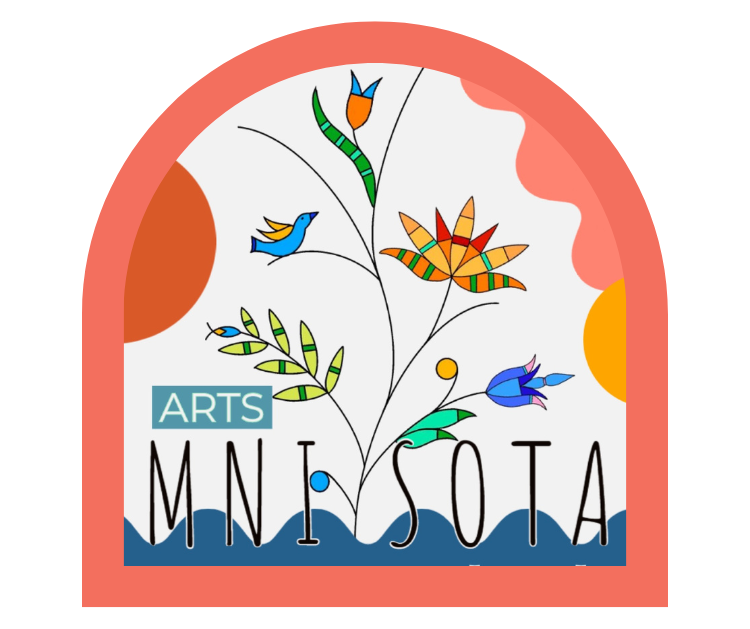Department of Public Transformation has selected 5 rural Minnesota communities to participate in a 2-year Learning Lab for cultivating welcoming and creative places.
The Department of Public Transformation (DoPT) believes in working with artists, cultural workers, and connectors to strengthen rural places by supporting the role of community assets—social, cultural, and built—as a lens to help communities investigate and celebrate their collective story: past, present, and future. From creative taprooms and gathering places to multi-use community hubs and knowledge centers, Activate Rural supports creative building activation projects that inspire, motivate, and open up possibilities for rural communities across Minnesota.
The Activate Rural Learning Lab is a cohort-based peer network, workshop series, and resource hub which supports community leaders and artists in cultivating welcoming and creative physical places of connection in rural communities. Activate Rural’s artist-led asset activation framework, provides an accessible, replicable, and scalable approach to building design and development for those who have a passion and vision for working with their community.
Five building activation projects in Minnesota communities with a population under 10,000 have been selected. Ideal projects (1) are creative and community-focused, (2) are ready to try something new, and (3) demonstrate the potential to build local capacity for creative approaches to building activation. Priority was given to projects located in communities with growing diversity in their residential demographics and/or BIPOC-, women- or gender non-conforming-, and LGBTQ2IA+-led projects.
This program is generously supported by the Mellon Foundation.
2023-2025 Activate Rural Cohort
Mni Sota Arts | Redwood Falls, MN
Activate a downtown building as a place for Native artists to exhibit, gather and connect and as a safe place for truthful historical sharing.
City of Buhl | Buhl, MN
Activate a community building as a safe space for youth to gather and for community members to come together.
Manoomin Arts Initiative | White Earth Nation
Activate and sustain the Animikii Print Club Studio into an artist-run print studio and gallery in the city of Mahnomen.
Reclaim Community | Jasper, MN
Activate ‘Bauman Hall’ as a welcoming place of comfort and learning and a social gathering place for creativity and connection in the community.
Spring Grove Cinema | Spring Grove, MN
Activate the cooperatively-owned movie theater located downtown as a place for connection, innovation and community vitality.

Frequently Asked Questions

Please note that the FAQs will continue to be updated throughout the application process as we receive questions from applicants. If you have additional questions, please contact sarina@publictransformation.org.
-
Creativity and community connection must be central to the project. The place is or will be regularly open and welcoming to all members of the community. We welcome creative approaches to the reuse of buildings as long as the space is welcoming to all residents and supports artistic and creative expression. Examples of projects may include, but are not limited to:
An existing taproom or cafe transforming its space to support artists and culture bearers and/or to become more welcoming to the local community
A former barn or church building transforming into an arts and youth center for the community
A downtown commercial building transforming into a multi-use community hub housing a cafe, performance venue, and/or a meeting and event space
A former school building transforming into artists studios, commercial kitchen, and/or gathering spaces
A museum transforming spaces into a performance venue and/or gathering place for artists
A combination of all the above or an idea we haven’t thought of yet!
-
The primary contact listed in the letter of agreement must be a business entity with an EIN number and a bank account. The following entities may apply:
Municipal, tribal, or county governments
Local 501(c)3 nonprofit organizations or fiscally sponsored groups, including, but not limited to Main Street or downtown organizations, art centers, preservation groups, historical societies, or chambers of commerce, working in rural areas
Cooperatives, including, but not limited to art collectives, restaurant or cafe, grocery
Projects owned by individuals or sole proprietors/LLCs are not eligible. For this round of Activate Rural, we are focusing on working with projects that have shared ownership models with collective responsibility for the project. We understand legal ownership can be complicated and varied, so please contact Sarina at sarina@publictransformation.org if you have questions about eligibility.
-
The building may be legally owned by: local government (tribal, city, or county), 501c3 nonprofit or fiscally sponsored group, or a cooperative. A letter(s) of support from the legal owner(s) must be submitted with the application to confirm they are aware of the application and are fully committed to the building activation project. If the project or applicant is fiscally sponsored, a fiscal sponsorship agreement will be required.
The following are examples of the type of buildings that may be eligible: former church building, former school building, commercial building, cafe or restaurant, library, barn, bowling alley, theater, art gallery. This is not a complete list of possibilities. If you have questions about eligibility, ownership structures, building types, or fiscal sponsorship, please contact Sarina Otaibi at sarina@publictransformation.org.
-
For the Activate Rural Call for Projects, DoPT identified three project phases as a guide for the application process. The three phases are not meant to encompass the multitude of phases and years it takes to turn an idea into reality. We also recognize a building activation project is continuously evolving to meet the needs of the community.
Projects in the idea phase may be characterized by having one or more of the following:
There is a core team of at least 3-5 artists and activators meeting regularly
A building is identified, and the legal building owner(s) is supportive of project idea
There is a plan to purchase the building within 3 months or partner with the legal owners
Projects in the in-progress phase may be characterized by having one or more of the following:
There is a core team of at least 3-5 artists and activators meeting regularly
The building is under construction or in between phases of construction
There is an ongoing capital campaign for building renovation
Projects in the operational phase may be characterized by having one or more of the following:
It is an existing business or organization operating but wants to transform their space to support artists and/or to be more welcoming and relevant to community needs
There is a core team of at least 3-5 artists and activators meeting regularly to plan for the space transformation
There are plans to transfer legal ownership, change the organizational or business structure, and/or bring in partners
-
This program is designed for communities around 10,000 and under and will be given priority during the selection process. We are willing to consider an application from a community with a slightly larger population if their building activation project is a great fit, especially if it meets the Cohort and Project Diversity selection criterion.
For this round of Activate Rural, we will not consider projects from communities with substantially larger populations (more than 13,000).
-
We don’t know. This is a pilot program, so we don’t have past experience to estimate the number of applications we expect to receive.
-
$10,000 may be spent on compensating team members for their time during the two-year learning lab, promotional materials, partnerships, administration and other related expenses. $15,000 must be allocated towards artist-led community engagement projects that address a challenge or opportunity related to the building project goals including paying artists for their time, project materials and equipment, and items directly related to the implementation of the project.
Funds can not be used for the purchase of a building, construction costs, or architectural fees.
-
Yes, the full amount must be spent within the two-year time frame.
-
General operating, cash reserves, and endowments
Purchase of a building
Construction or architectural design costs
Lobbying activities
Fines and penalties, bad debt costs, deficit reduction
Projects that are not focused on community gathering
Projects that are religious in nature
K-12 schools. Schools may participate as partners in projects for which another eligible entity applies.
-
The Core Team is made up of 1-2 artist leads and 2-3 activators who are ready to commit to turning their building activation project into a reality. This group shares ownership of the process by collaborating on design, development, and ongoing evaluation; supporting budgeting, fundraising, and hosting; assisting with communication in and with the community; and cheerleading the overall effort together.
The Core Team must have at least 3 to 5 people and include one of each of the following: an artist, activator, and a primary contact. Team members may be both an activator and artist.
Members of the core team may live and/or work in nearby communities of any size. We require there be at least 1-2 members who live and/or work in the community in which the building project is located.
-
DoPT intentionally defines the term “artist” broadly. An artist is anyone who is creative, resourceful, inspired, and driven to collaborate across all sectors of public, private, and civic life. This includes mediums such as visual, performance, multimedia, literary, social/ civic, culinary, land, traditional, folk, textile, and more. We mean culture bearers, craftspeople, artisans, hobbyists, contractors, and handypeople.
An activator is anyone who is an instigator, organizer, connector and cheerleader of the effort. They are the ones ready to show up first, roll up their sleeves, and encourage others to join the journey. Team members may be both an activator and artist.
-
LGBTQ2IA+ stands for Lesbian, Gay, Bisexual, Transgender, Queer, Two-Spirit, Intersex, Asexual, and other identities that fall outside of cisgender and heterosexual paradigms. This terminology describes some sexual orientations and some gender identities; however, these are separate concepts. Learn more at genderbread.org
-
BIPOC stands for Black, Indigenous, and people of color. It is pronounced “bye-pock,” and is a term specific to the United States, intended to center the experiences of Black and Indigenous groups and demonstrate solidarity between communities of color. This term is also complicated because it may incorrectly imply that the experiences of all non-white people are the same. It can be a useful term when specificity is not available; however, it is best to use precise and appropriate cultural identity terminology whenever possible.
-
A core value for the work we do is intentionally providing intergenerational opportunities for women, non-binary people, LGBTQ2IA+, New American, and BIPOC and Native community members to work towards equal representation in artistic and civic leadership. Through the Activate Rural Program, we are working towards addressing the need for equitable access to capital, and the diversification of local building ownership in rural communities.
-
Each core team will receive technical assistance during the two-year learning lab. The types of assistance may vary for each project depending on the project phase and capacity needs for core teams. Examples of technical assistance available include monthly progress check-ins, strategic planning, capacity building, budgeting, systems support, etc.
-
Sarina Otaibi, the Activate Rural Program Director, will be the main contact and be working regularly with core team members. She is responsible for providing the technical assistance, coordinating cohort gatherings and workshops, and connecting teams to resources. Sarina has over 15 years of experience working in rural community development, building activation and stewardship, local government, nonprofit and cooperative organizations. Before joining DoPT, Sarina directed the statewide Minnesota Main Street program and worked with communities across the state to establish preservation and arts-based community development approaches. In Granite Falls (pop. 2,800), MN, she served as an elected City Council Member and as the founding Board Chair of a local cooperative taproom and creative gathering place, Bluenose Gopher Public House. Sarina has moved a historic home to save it from demolition, activating and caring for an old church building, and played a supportive role in other community building projects.
Core team members can expect to periodically work with our Creative Executive Officer, Ash Hanson, and our Creative Operating Officer, Hannah Holman, throughout the learning lab experience. Their bios are available at publictransformation.org/staff-board. A part-time Program Assistant will be hired to provide additional support for the program.
-
If there is a strong connection and/or reason for including more than one building, then yes. Please explain how including more than one building will have more of an impact for cultivating a welcoming and creative physical place of connection for the community than one building.
A letter of support will be required for each building.
Photo credit: Homeboat Collective








